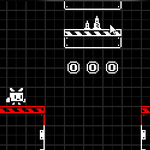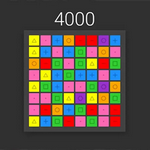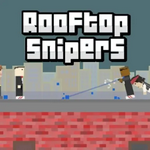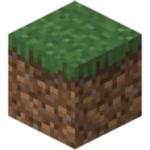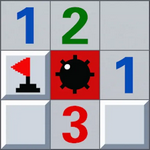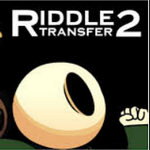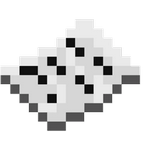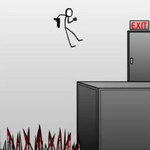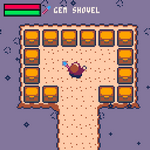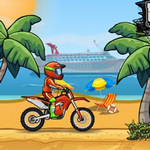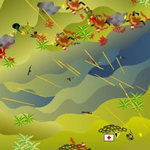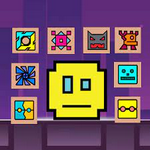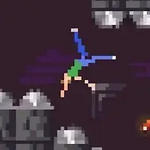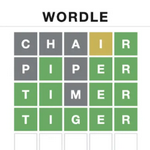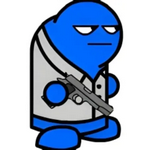
mine clone Unblocked
## Delving Deeper: The Rise and Fall (and Rise?) of Mine Clone Games
The blocky, pixelated world of Minecraft captivated millions, inspiring a wave of imitators – “mine clone” games – that attempted to capture its magic. While none have truly dethroned the original, these clones offer fascinating insights into the game's enduring appeal and the challenges of replicating its success.
Minecraft's formula, deceptively simple, is incredibly powerful: a sandbox world offering limitless creative freedom combined with survival challenges. This blend of exploration, building, crafting, and combat has proven remarkably adaptable, leading to a diverse range of mine clones, each attempting to differentiate itself through unique features.
Some clones focus on enhanced visuals, offering smoother textures, higher resolution, or even stylized art directions, aiming to present a more polished or visually distinct experience. Others introduce new gameplay mechanics, like advanced crafting systems, more complex magic systems, or even incorporating elements from other genres like RPGs or MMOs. We've seen clones featuring intricate vehicle systems, sophisticated redstone-like mechanics, and even integrated modding communities.
However, replicating Minecraft's success is a monumental task. The original game benefits not only from its core gameplay but also from years of community development, a massive player base, and established brand recognition. Mine clones often struggle to gain traction, facing the challenge of competing against a well-established giant with a constantly evolving feature set.
The success or failure of a mine clone often boils down to several key factors:
* Innovation: Simply mimicking Minecraft's gameplay rarely leads to lasting success. Clones that truly stand out introduce novel mechanics, unique world generation, or a compelling narrative that sets them apart.
* Community: A thriving community is essential. This includes active developers engaging with players, fostering a sense of ownership, and potentially incorporating user-generated content.
* Marketing and Accessibility: Getting the game noticed in a crowded marketplace is crucial. Effective marketing and easy access (through readily available platforms) are vital.
* Polishing: A polished experience, free of bugs and glitches, is paramount. Players are less tolerant of technical issues in games that are essentially imitating an already established, smooth-running title.
While many mine clones fade into obscurity, some have managed to carve out a niche audience, proving that there's room for innovative alternatives within the genre. Their existence demonstrates the enduring appeal of the core Minecraft formula and serves as a testament to the creative potential of the sandbox genre. The question remains: will a future mine clone ever truly surpass its predecessor? Only time will tell, but the continuing emergence of these games suggests the quest for a perfect Minecraft alternative is far from over.
